

James Wong
2026 Audi Q5 review: Quick drive
5 Days Ago
At more than $80,000 this French PHEV wagon isn’t going to be the best choice for all buyers – but damn it's a lovely car.
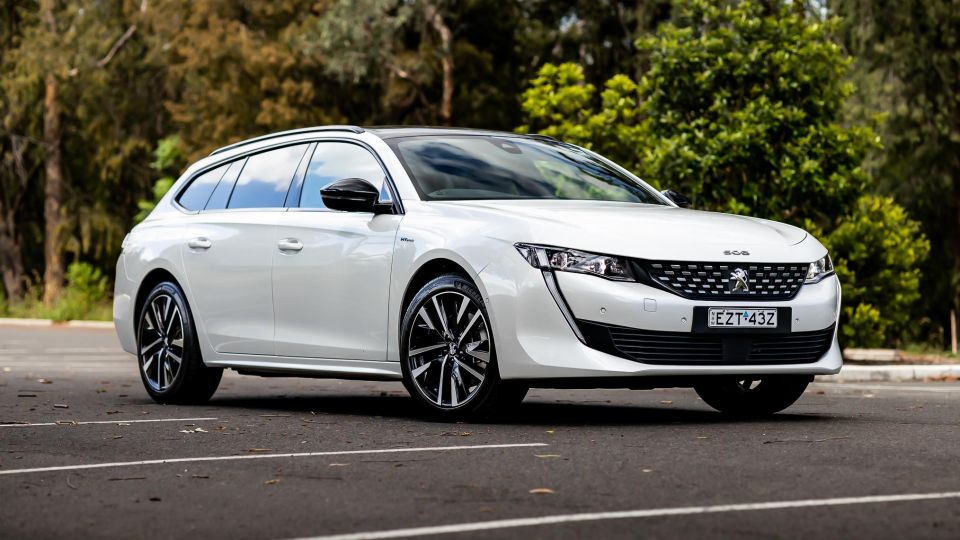


Quickly see how this car stacks up against its competition. Select any benchmark to see more details.
Where expert car reviews meet expert car buying – CarExpert gives you trusted advice, personalised service and real savings on your next new car.
The petrol-powered Peugeot 508 range is done and dusted, and if you want one of these glorious looking semi-premium French midsize models from now on, you’re going to have to be okay with it being a plug-in hybrid…

You’re also going to have to be okay with it being more than $80,000 – at least when it comes to the list pricing. While it does look a million bucks, it shouldn’t cost as much as its list price, in this writer’s opinion.
I’ll run you through what’s good about the new GT PHEV version of the Peugeot 508, and what I wish was more competitive – hint, the price!
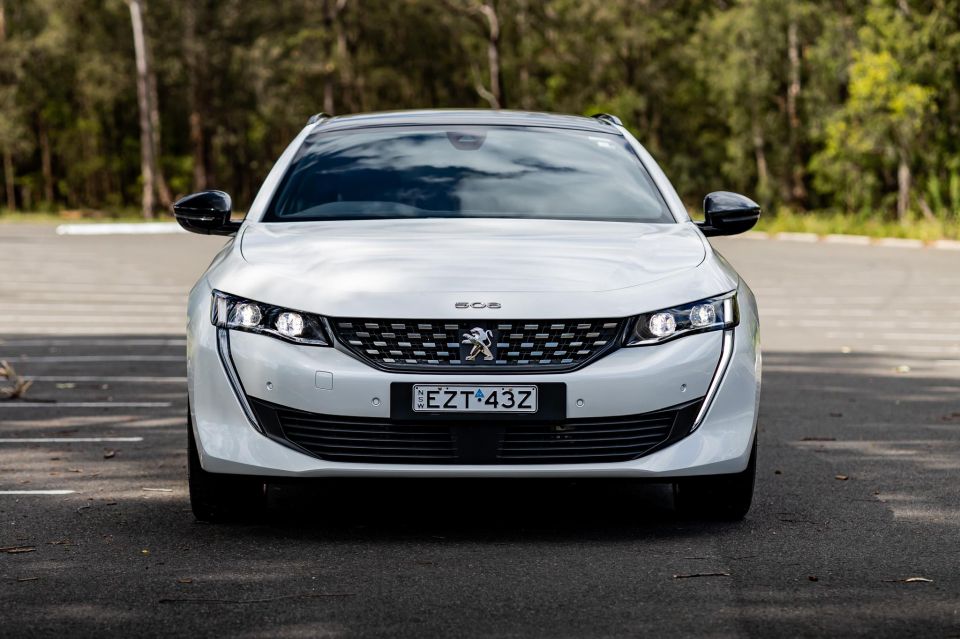
2024 Peugeot 508 pricing:
If you’re wondering, those new figures mean the PHEV version represents a $17K increase over the discontinued 508 petrol line-up.
So, it’s really pushing Peugeot from a more mainstream price point up towards a new level. However, with luxury brands having also shifted their products up in price in recent years, there are surprisingly few rivals to the 508 PHEV, at least when it comes to on-price comparisons.
You’d be bang-on if you’re thinking the Peugeot 508 is pretty close to the Audi A4 (Sedan from $68,900, or Avant wagon from $82,400), but Audi’s mid-sizer doesn’t offer plug-in capability.
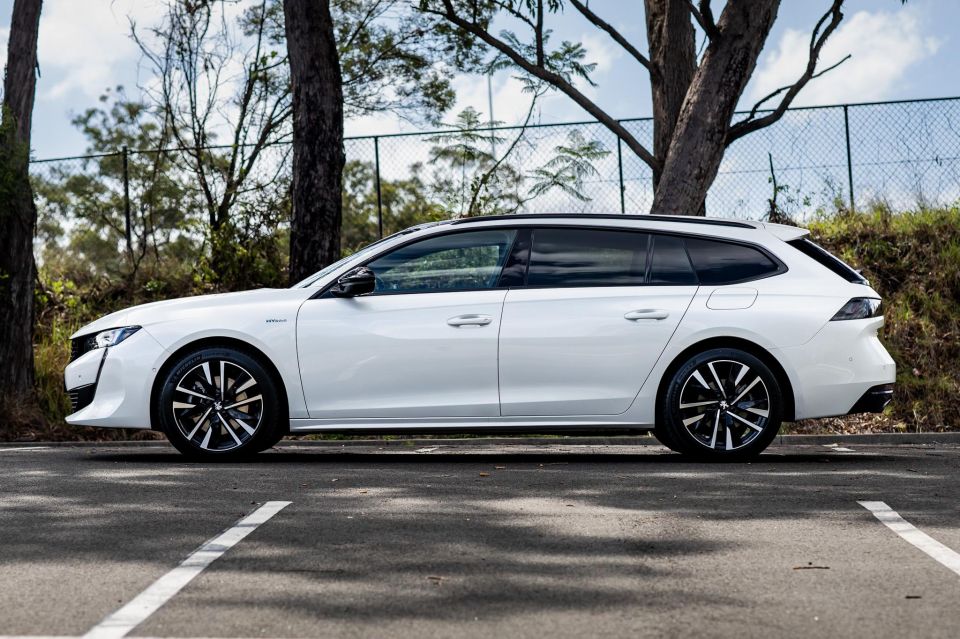
The Genesis G70 (Sedan from $81,000 or Shooting Brake wagon from $88,000) are also rivals you might want to think about; although, they don’t have PHEV tech either.
In fact, the only other PHEVs that sit around this price are the Alfa Romeo Tonale Veloce PHEV (from $78,500 MSRP), Mitsubishi Outlander PHEV (from $57,290 MSRP), and the Mazda CX-60 P50e PHEV (from $72,900).
There are no other PHEV sedans or wagons at this price level; although, Peugeot offers the 308 hatchback in PHEV at $64,990. Enough about the rivals it doesn’t have… let’s cover off why you still might want to consider this thing.
Buy your new car without the stress. It's fast, simple and completely free.

Great service from Travis and team, second time I have used this business would not hesitate to recommend them to anyone
Craig C.
Purchased a Ford Ranger in Sunshine Coast, QLD
CarExpert helped Craig save $7,224 on his Ford Ranger, now let us save you on your next new car.
Get your BEST priceThere are elements of the interior finish which do have a seriously high-end feel.
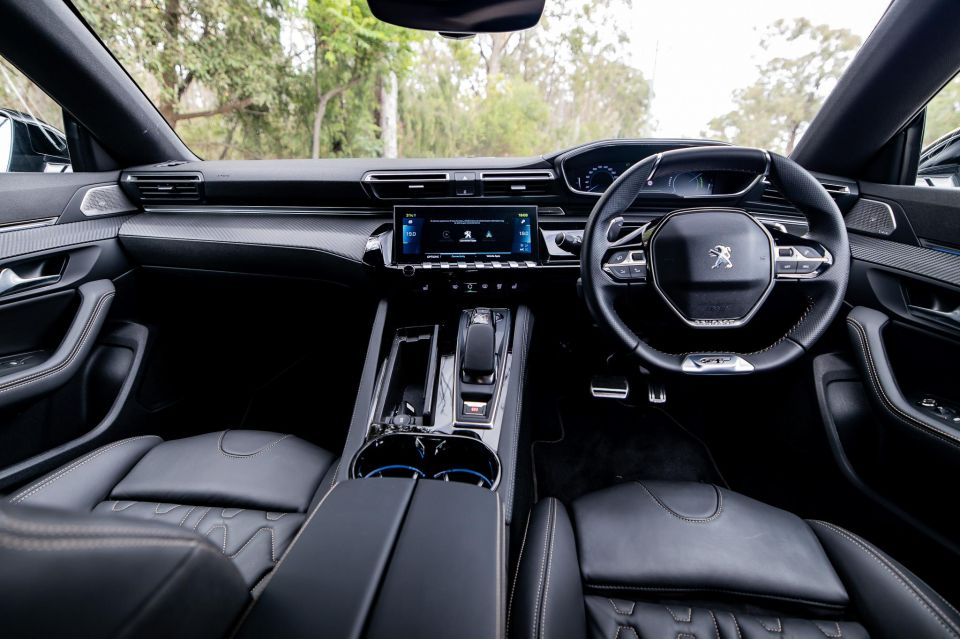
For example, the quilted leather seats with beautiful stitching and the carbon-look trimming across the dashboard all help make the general presentation and vibe of this cabin quite special.
Some of the materials aren’t as high-end as they probably should be for this kind of money, and you’ll find evidence of those cut-price plastics around where your knees are, and also between the seats and on the door cards. At least inside the door pockets there are small sections of lining.
As is the case with all Peugeot models, the layout of the cabin is not going to be to everyone’s tastes.
The steering wheel and the i-Cockpit design is still divisive. Personally, I’m sold on it, but the fact that the instrument cluster is perched on top of the dashboard, and you look over the steering wheel (ideally) when you are trying to set up your driving position, means that it is a different kind of feel to some other cars out there – tell me if you like it in the comments.
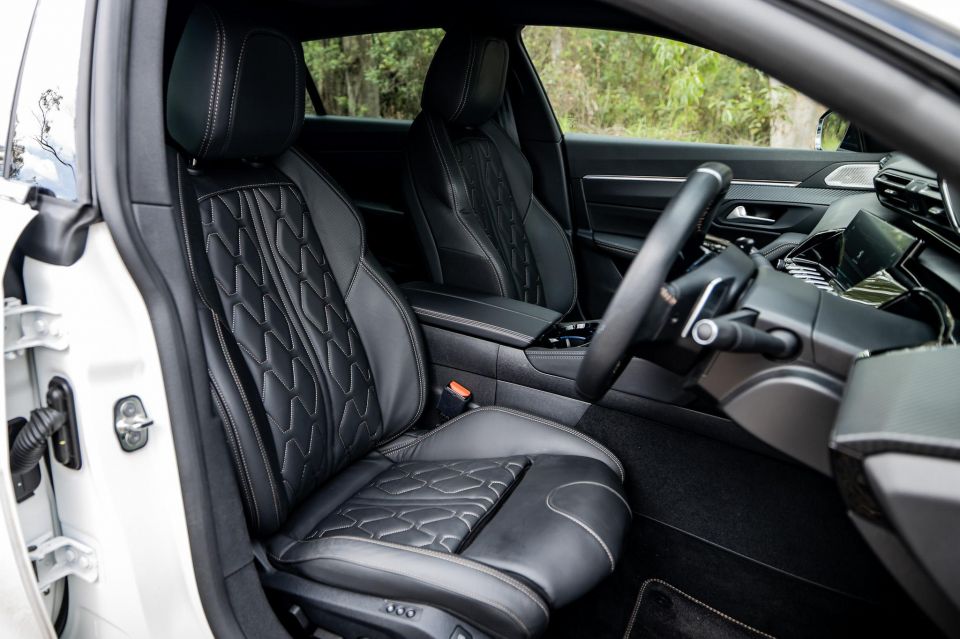
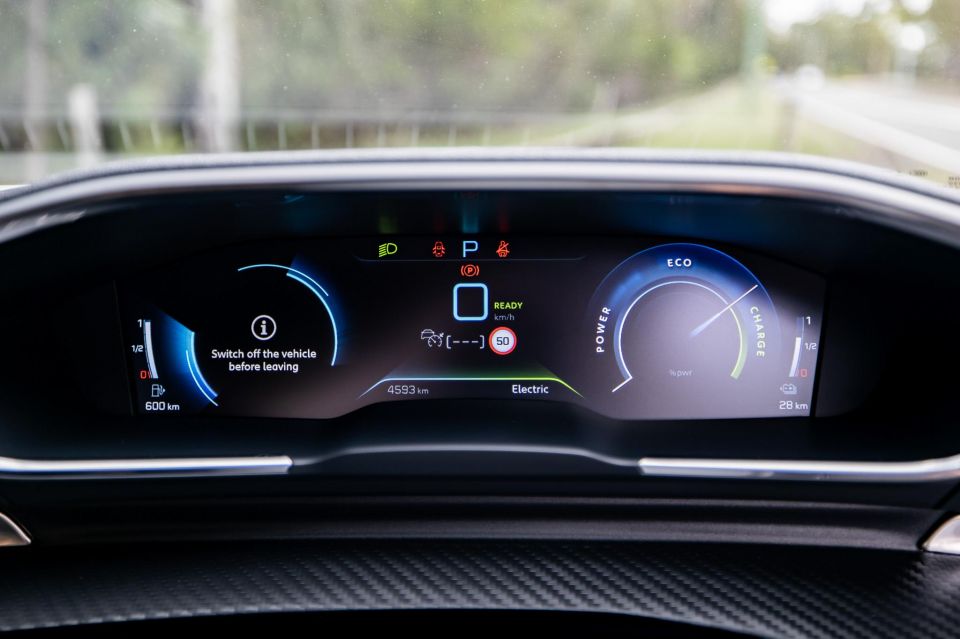
As for the controls, there are some elements which are a little bit unconventional. The cruise control being a stalk off the edge of the steering column for instance, and the steering wheel buttons aren’t necessarily laid out how you might think they should be arranged.
Nor is the media system ideal. There are some controls that are manually adjustable, with triggers for music, air-con, sat nav, car settings, phone and electric modes, and there’s also a volume knob. Plus there’s another array of buttons down below for seat heating, re-circulation, and air-con off.
But you don’t get the more usable features like a dial or buttons for fan speed or temperature controls – which you still have to do through the screen itself. It’s not unusual in this day and age, but it’s still not as easy as it could be, especially if you’re like me and love to fiddle with the temp and fan speed.
And while you do have Apple CarPlay and Android Auto available, they take up a tiny portion of the screen. There are home buttons on the side to border the smartphone mirroring display, but those side arrays still take multiple touches in order for you to be able to adjust things like the temperature and fan speed.
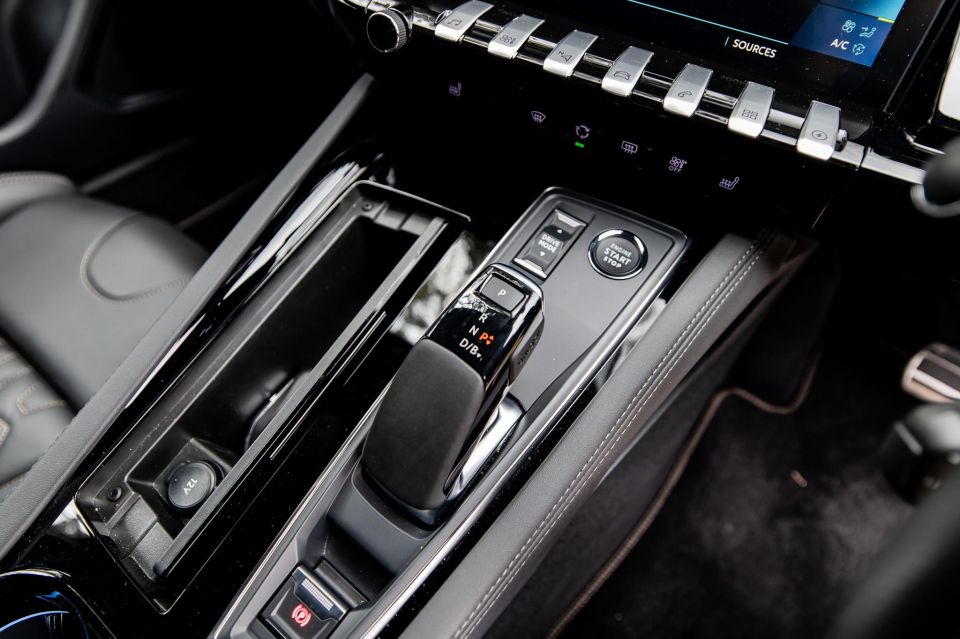
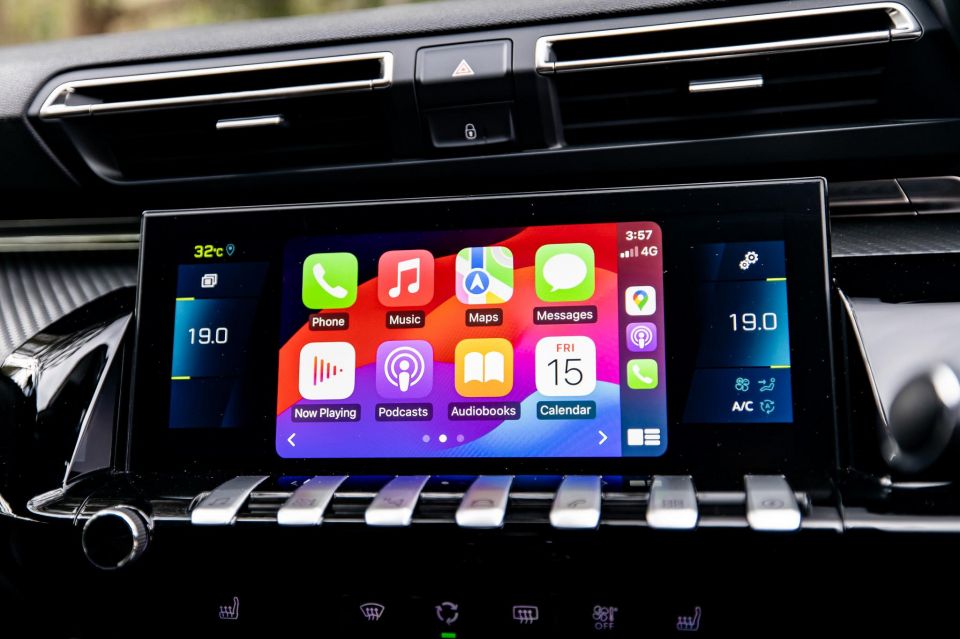
Storage includes a section below the gear selector, there’s another cubby next to the shifter, you’ve got cupholders between the seats (a decent size, too, which is nice for a French car), and there’s a covered centre console bin as well. Plus those door pockets, which can fit a larger bottle.
Backseat space is fine. With the driver’s seat positioned in a comfortable spot for my 182cm/6’0” frame, my knees were almost touching the seat ahead, but head room is good in this wagon model (not as good in the Fastback) and shoulder space is okay. Just be aware there are quite tall sills on this car, so getting in and out can be a trip hazard for those with bigger feet, too.
Three across will be a bit of a squeeze, but I love the fact there are zippers for the ISOFIX points, and you get three top-tethers as well.
Amenities include directional air vents, a couple of USB ports, mesh pockets on the seatbacks, and decent size bottle holders in the doors, plus a flip-down armrest with a couple of cupholders, as well as a ski port. Overall, it’s a pretty accommodating space.
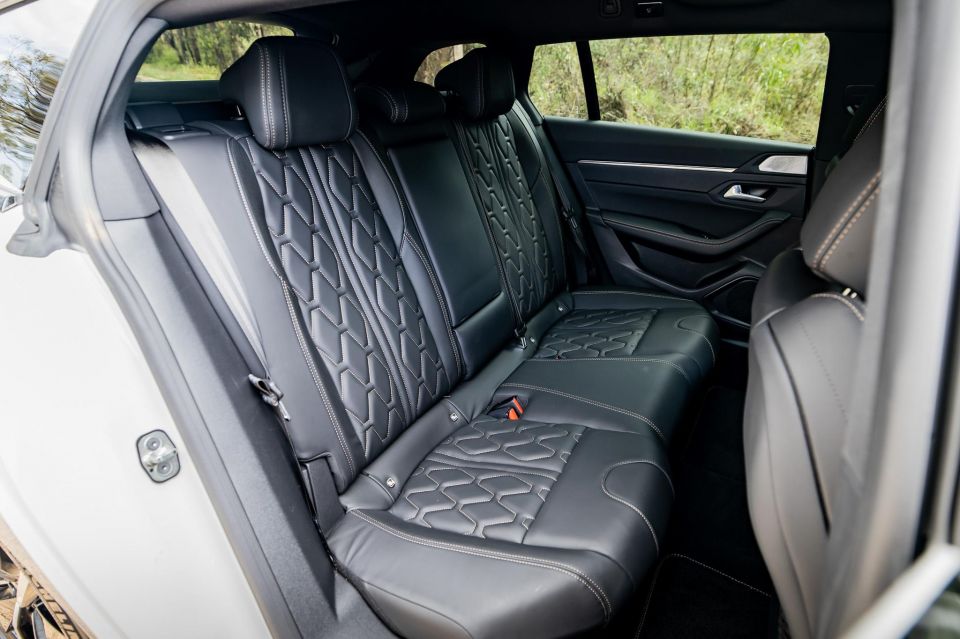

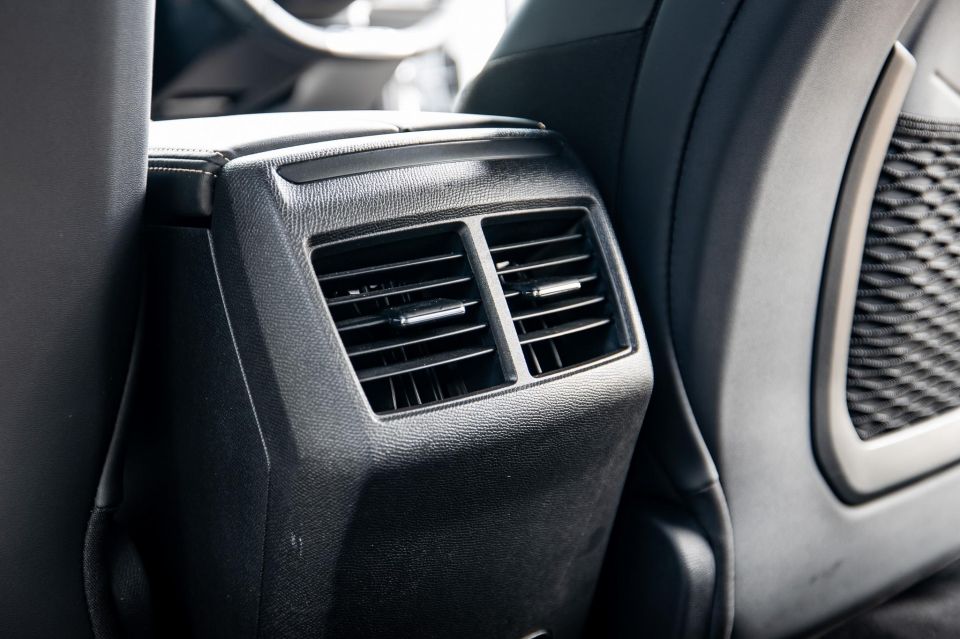
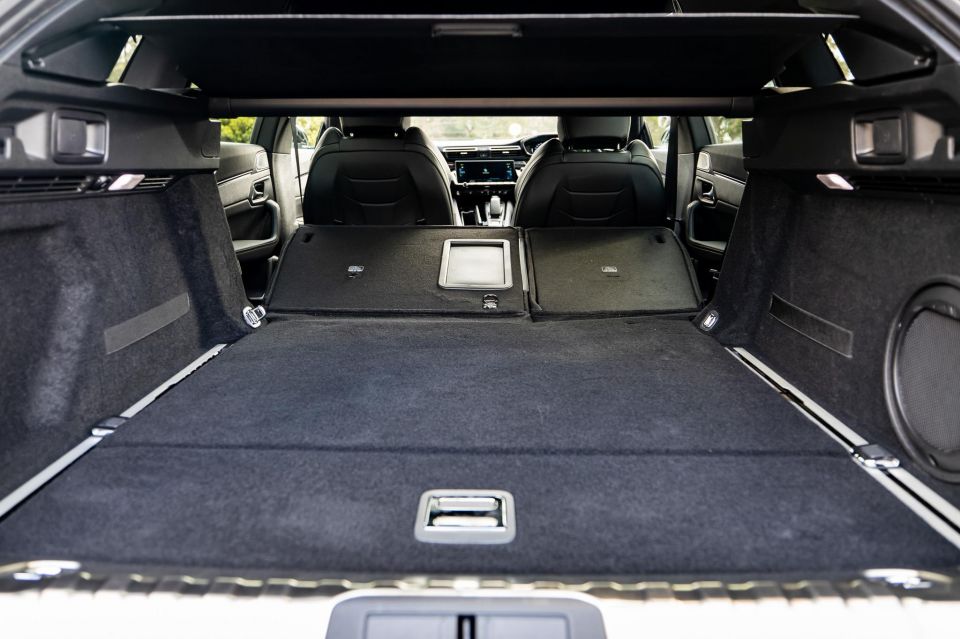
The 300V battery pack is hidden under the second-row seats, meaning that boot capacity remains unchanged between the existing petrol wagon and the new PHEV wagon. There’s 530 litres of cargo capacity on offer with the rear seats up, and 1780L when they’re folded – for reference, the 508 Fastback offers 487L-1537L.
There are tie-down hooks to secure your load, and the boot is easily large enough to fit a pram and shopping bags with room to spare.
The Peugeot 508 PHEV models still make use of a 1.6-litre turbocharged petrol engine with outputs stated at 133kW and 300Nm.
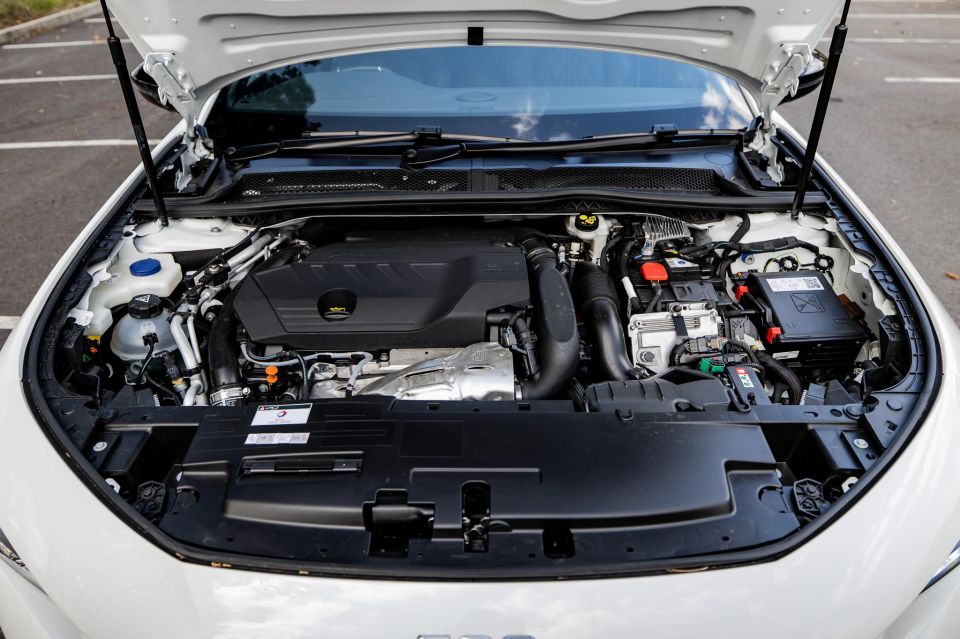
The ICE combines with an 81kW/320Nm electric motor which is integrated into the eight-speed automatic transmission. The 508 is front-wheel drive.
System outputs are quoted at 165kW and 360Nm, meaning you’re not getting a heap more power than if you’d gone with the petrol version of the Pug (still with 165kW, but with 300Nm).
The PHEV system works with a 11.8kWh lithium-ion battery pack, and the WLTP-certified electric range is listed at 55km. I’ll cover off what I achieved in the driving portion below.
The official combined-cycle fuel consumption figure is 1.5L per 100km, but remember – that requires you to start with a fully charged battery, and you’ll never get that as an average if you keep driving beyond the first 100km.
For those who need to know, the CO2 emissions rating is a very low 34.2g/100km. The 508 PHEV have a 3.7kW onboard charging system, allowing charging from an AC charger in approximately 3.5 hours from 0-100 per cent.
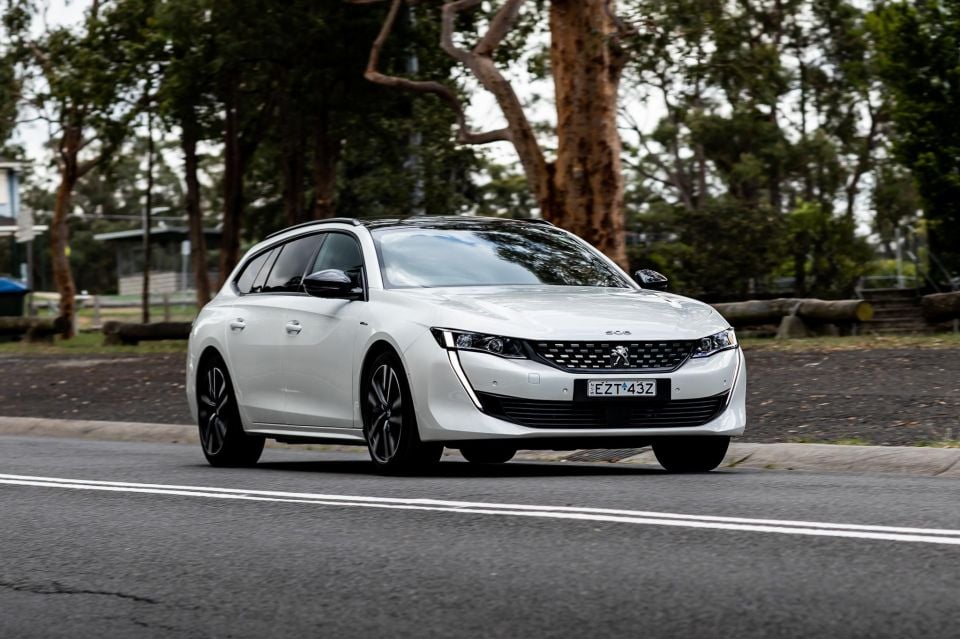
First, let’s consider the drive modes you have available:
Now, for my time in this Peugeot, I selected Electric mode to try and see if I could eke out 55km of EV driving range, per the WLTP claim. And you know what? I beat that. And I did it easily.
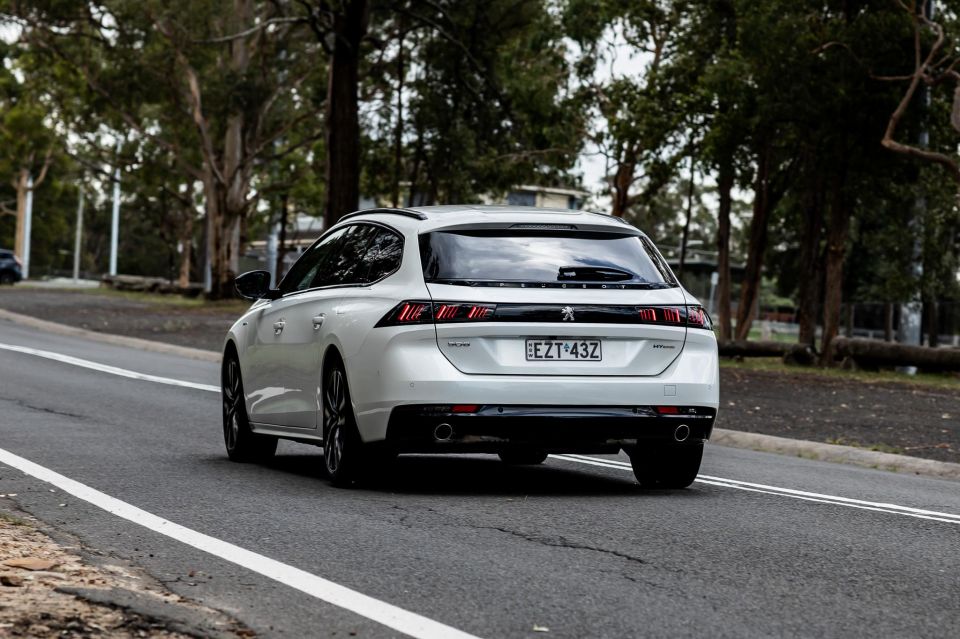
After a full charge, I drove it over a mix of some slight urban driving and then on the motorway towards the city, and by the time the battery had depleted and the petrol engine finally kicked into life, I’d covered 66km. That’s 20 per cent better than the claim!
I also wanted to see what kind of average that would make for when it came to covering “worst-case scenario” situations where you use all the battery, then just run it as a hybrid. In this instance – across 191km – the car was showing a fuel use figure of 3.1 litres per 100km.
That shows the Peugeot 508 PHEV could be a terrific choice for someone who can make this car work for their lifestyle. Like, if you live a 25km commute from work, you could feasibly get there and home on EV alone, and if you ever needed to go further afield, there’s good real-world fuel economy on your side.
Plus – as an added bonus – this is a really nice thing to drive!
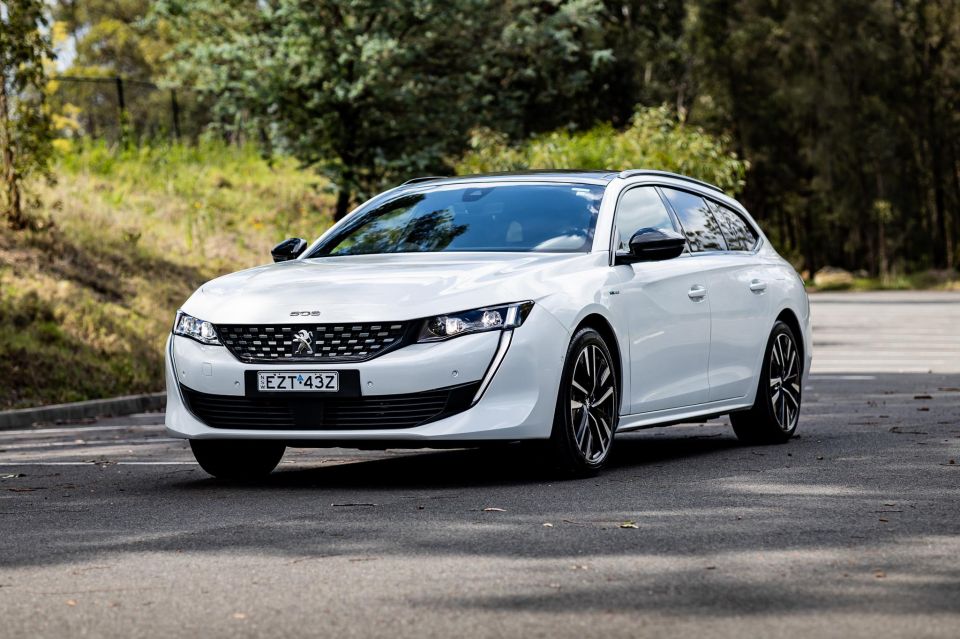
That’s been the case since the Peugeot 508 first came out. It is a very pleasant and enjoyable driving experience. There’s refinement and comfort on offer in this car, which does help it live up to its lofty price tag.
Indeed, the refinement levels and the usability of the powertrain, in combination with quietness and a very comfortable ride, make for a fantastic commuter and highway cruiser.
The powertrain is pretty plush in the way that it operates too, with the electric motor allowing for smooth – but not ridiculously urgent – progress from a standstill when the car is running in Electric mode.
Because the electric motor is integrated into the transmission, you do feel that it does have some kind of shift action noticeable when you are accelerating, and while that might seem strange it is smooth enough to make for an easy drive experience.
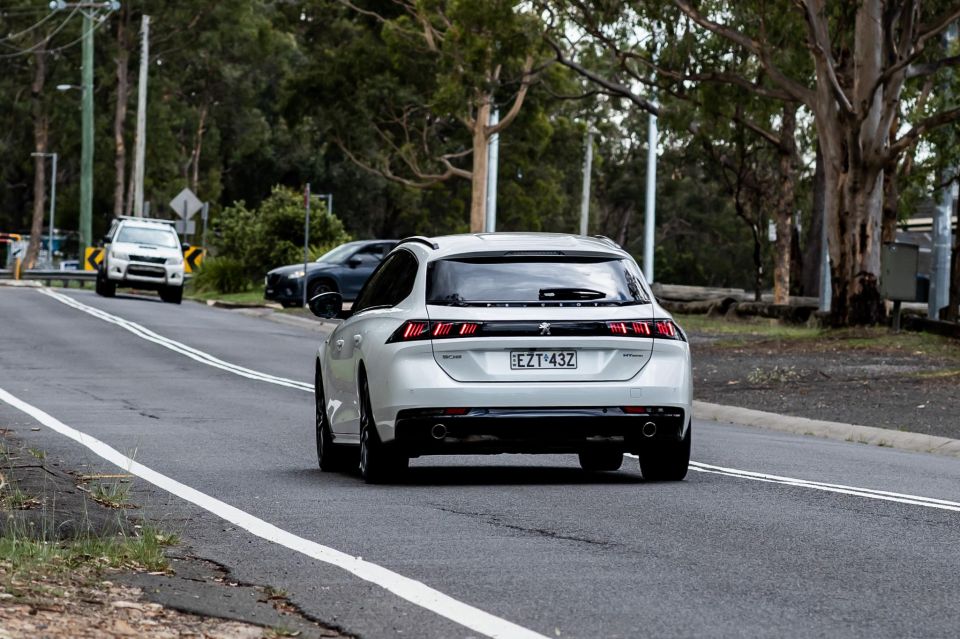
Of course, if you wish you can run the vehicle in Hybrid drive mode, which does make for a marginally more clunky experience between the powertrain components. Although the petrol engine is not necessarily gruff, the transition between electric and petrol isn’t exactly seamless.
And then there’s the Sport mode, which will allow you to make use of the battery pack and the petrol motor in order to get as much grunt as possible. And it is pretty fast in that situation (0-100km/h in 8.3s); although, it isn’t necessarily a sporty vehicle to drive.
The thing I love about this car is the level of comfort, which is exceptional. It has a beautiful ride, and while the steering (wheel position and directness) might not be to everyone’s tastes, I like the way that it feels because it’s nimble and doesn’t feel like you’re driving a big family wagon.
There’s not much steering feel, but it’s very easy to drive this car in urban and open-road situations.
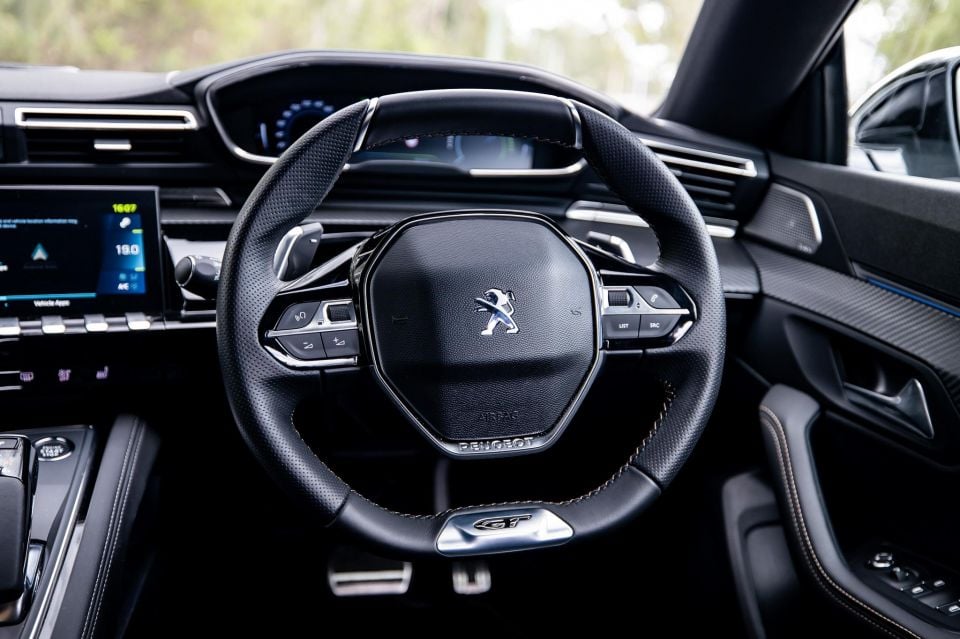
Where expert car reviews meet expert car buying – CarExpert gives you trusted advice, personalised service and real savings on your next new car.
There’s also not too much noise intrusion to contend with, and it does feel like a properly premium experience. Dare I say it, even a luxury drive experience. Certainly helps justify the asking price…
Just a shame that Peugeot still hasn’t fitted a ‘proper’ surround-view camera system to this car – instead, it still makes do with a 180-degree view that is; honestly, almost worse than if it were just a reversing camera.
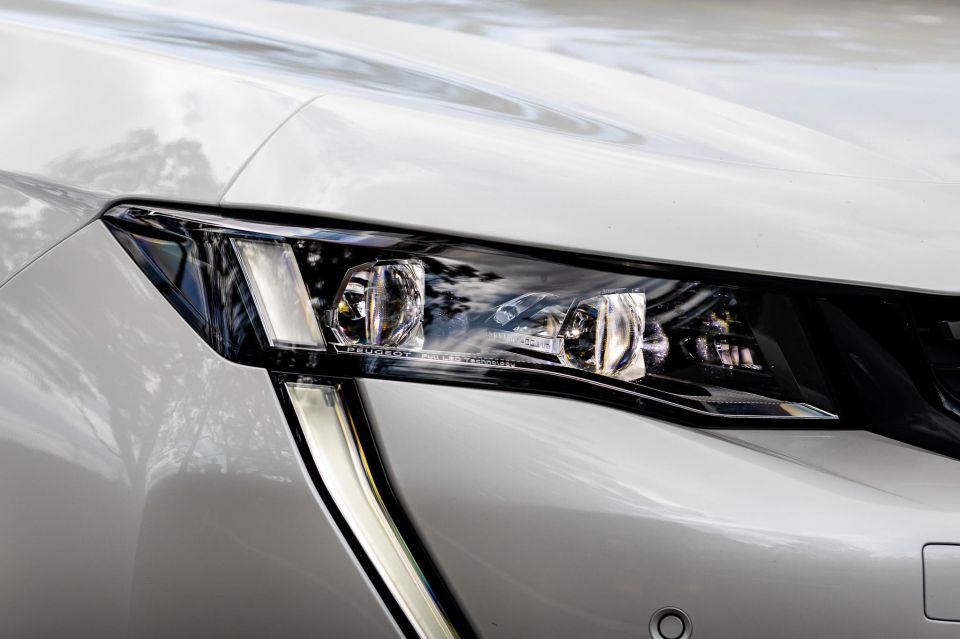

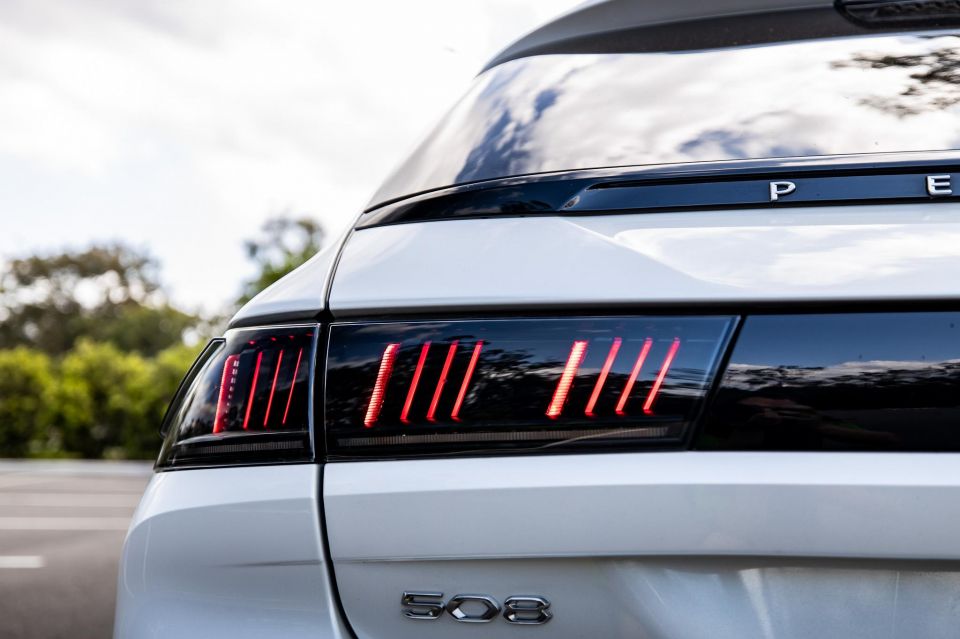
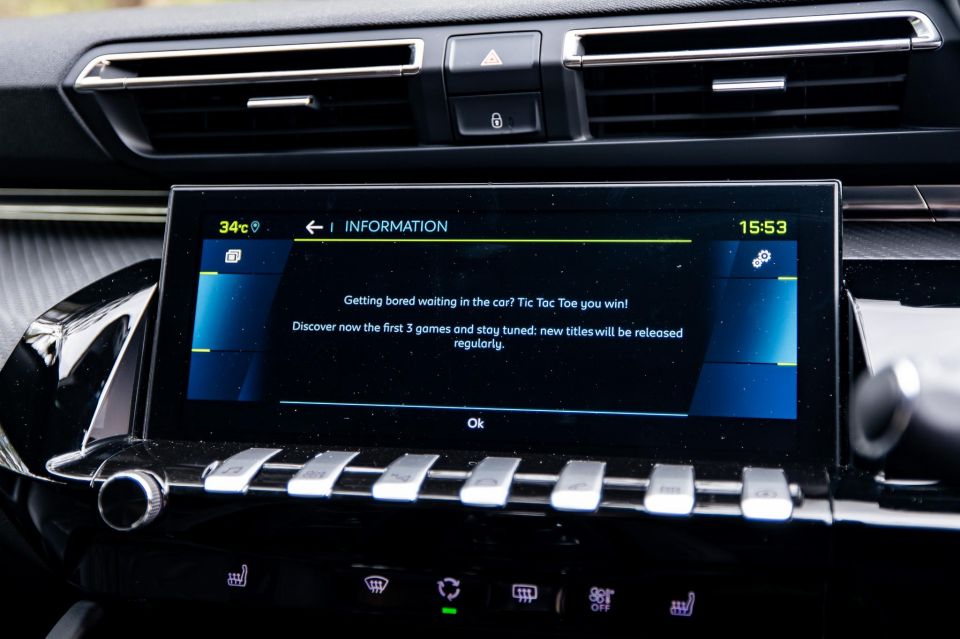
508 GT Plug-in Hybrid highlights:
The Peugeot 508 still rocks a 2018 five-star ANCAP safety rating, based on tests carried out by Euro NCAP.

It scored 96 per cent for adult occupant protection, 87 per cent for child occupant protection, 71 per cent for vulnerable road user protection and 76 per cent for safety assist.
Standard safety features include:
There haven’t been any spec changes for the current-gen version, but the facelifted model due in 2024 may change that.
Peugeot backs the 508 with a five-year, unlimited kilometre warranty, and there’s an eight-year traction battery warranty too.
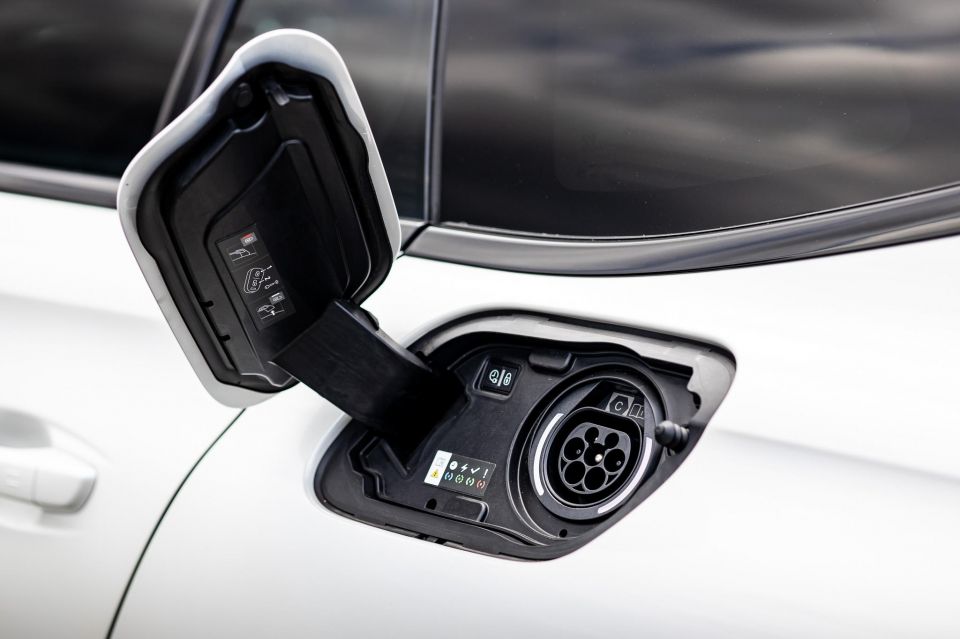
The brand offers prepaid service packages, with the service intervals pegged at 12 months/20,000km. The three-year/60,000km service pack is $1200, while the five-year/100,000km package is a $2100 consideration.
All Peugeot models sold in Australia come with five years of roadside assistance included.
Buy your new car without the stress. It's fast, simple and completely free.

Great service from Travis and team, second time I have used this business would not hesitate to recommend them to anyone
Craig C.
Purchased a Ford Ranger in Sunshine Coast, QLD
CarExpert helped Craig save $7,224 on his Ford Ranger, now let us save you on your next new car.
Get your BEST priceI can totally see the appeal in the Peugeot 508 Sportswagon PHEV, which to me is one of the nicest cars I’ve driven in the past year.
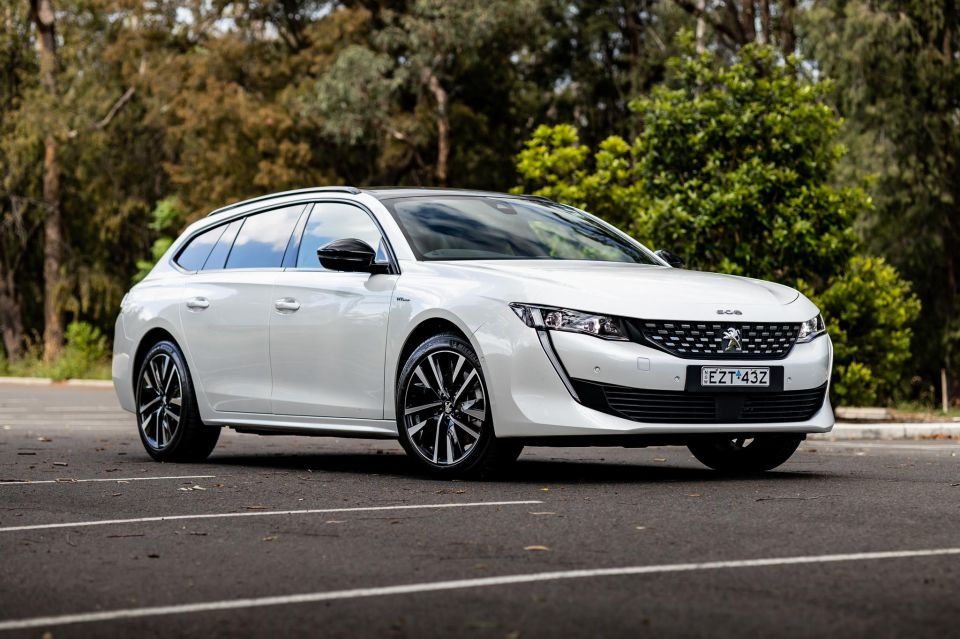
It’s a lovely vehicle to live with, and while the price is higher than I think it ought to be, for the right buyer there’s undeniably a lot of value on offer here – especially if you can make your life fit within the plug-in hybrid powertrain’s parameters.
I’d have one in a heartbeat. But I wouldn’t spend more than $80K to get it.
Click the images for the full gallery
BUY: Peugeot 508 MORE: Everything Peugeot 508
Where expert car reviews meet expert car buying – CarExpert gives you trusted advice, personalised service and real savings on your next new car.
Matt has more than a decade of experience in automotive journalism, and loves exploring the pros and cons of new cars, delving into deep-dive industry stories, and going for a drive just for the fun of it.


James Wong
5 Days Ago


James Wong
4 Days Ago


Max Davies
3 Days Ago


Josh Nevett
1 Day Ago


Max Davies
1 Day Ago


Damion Smy
12 Hours Ago